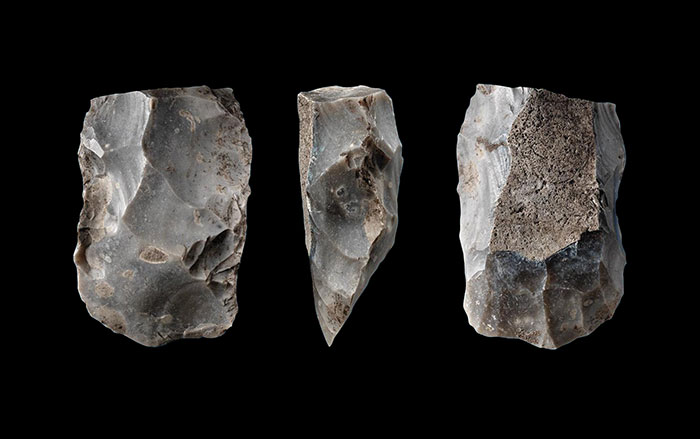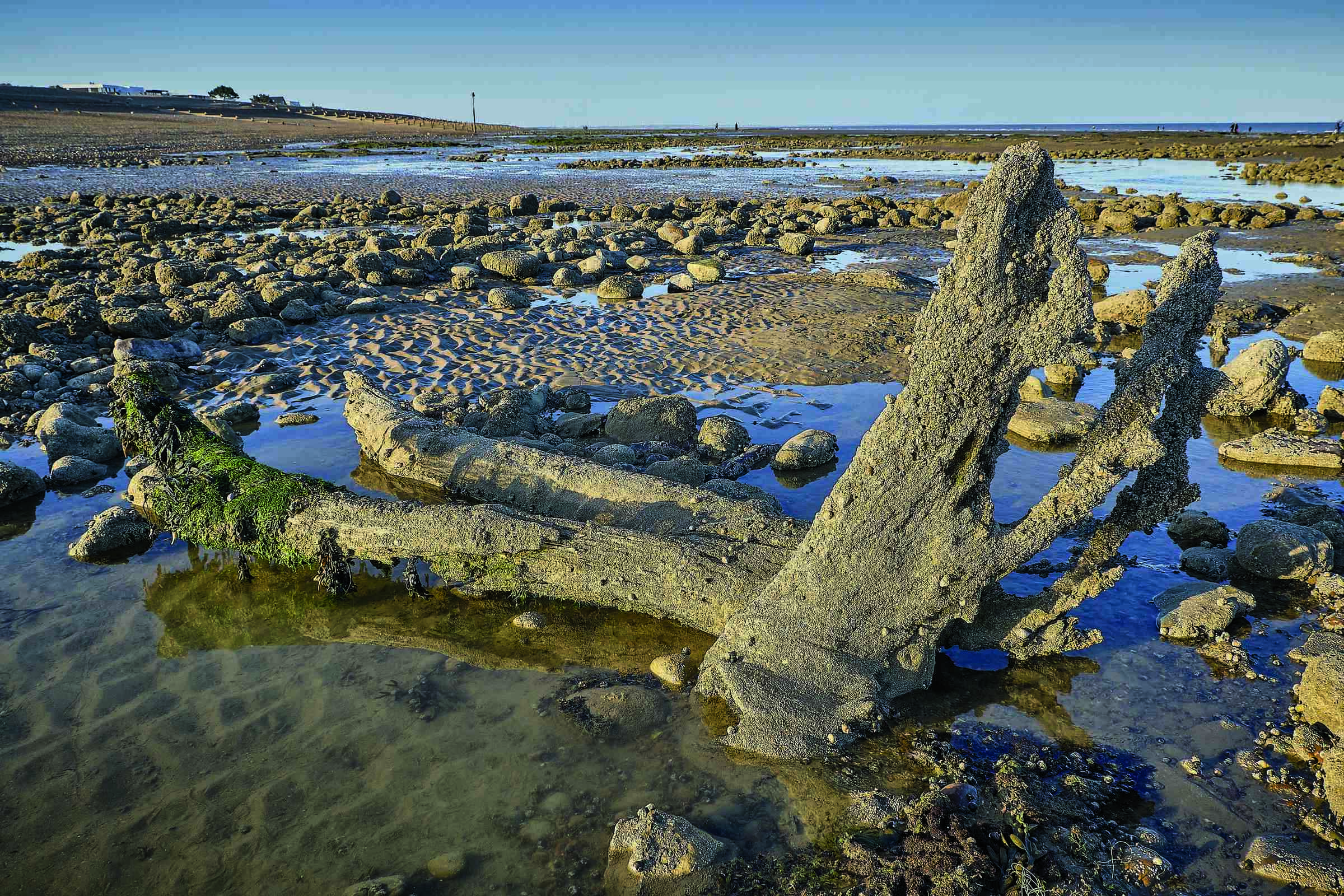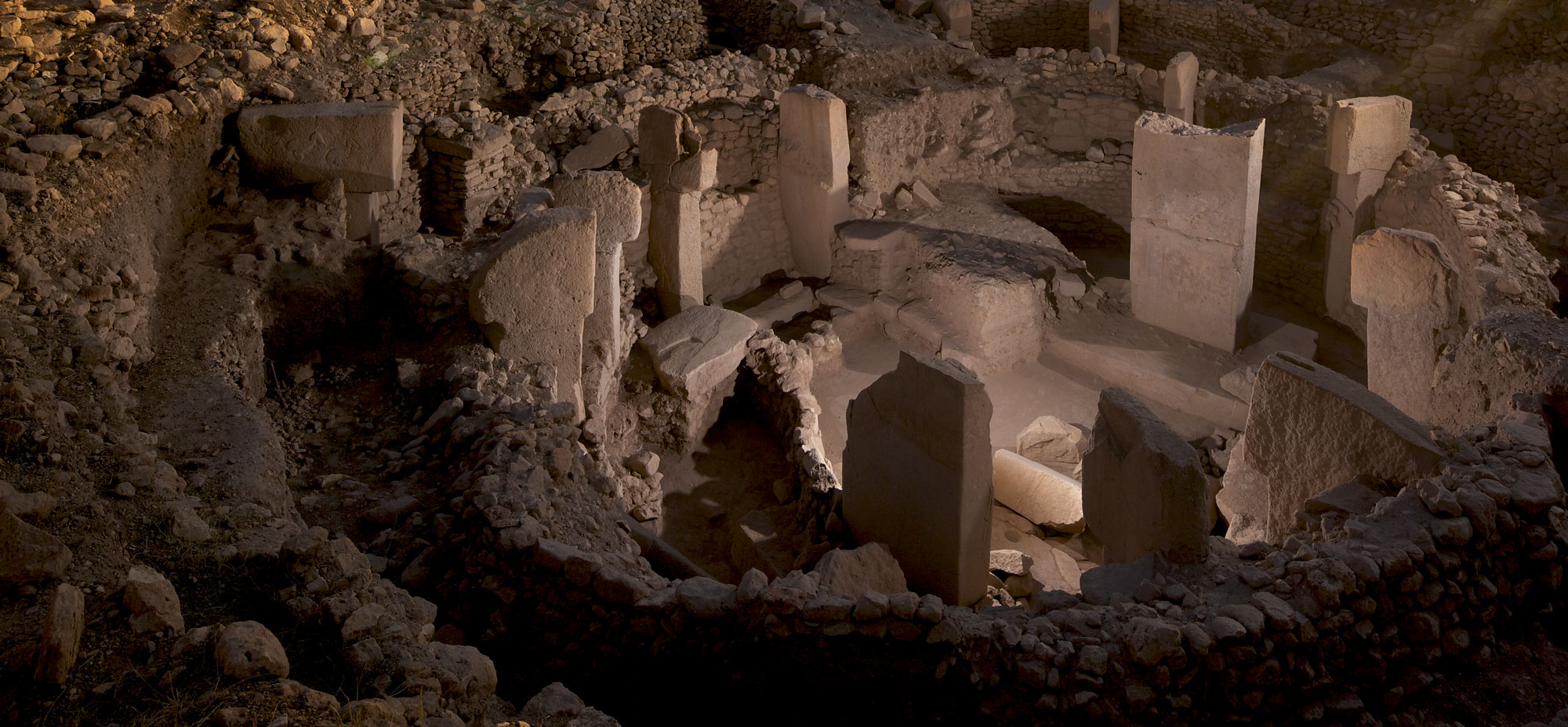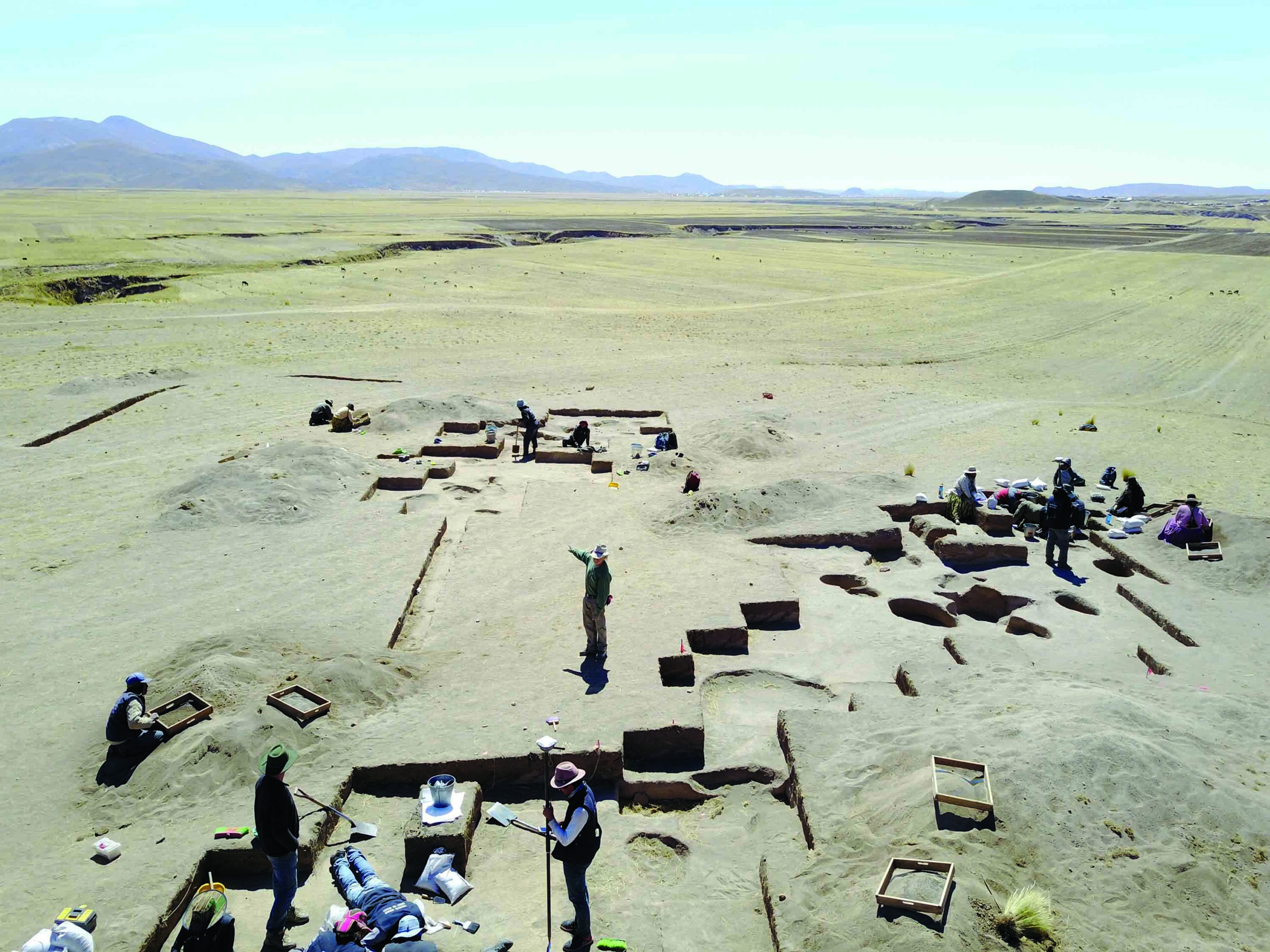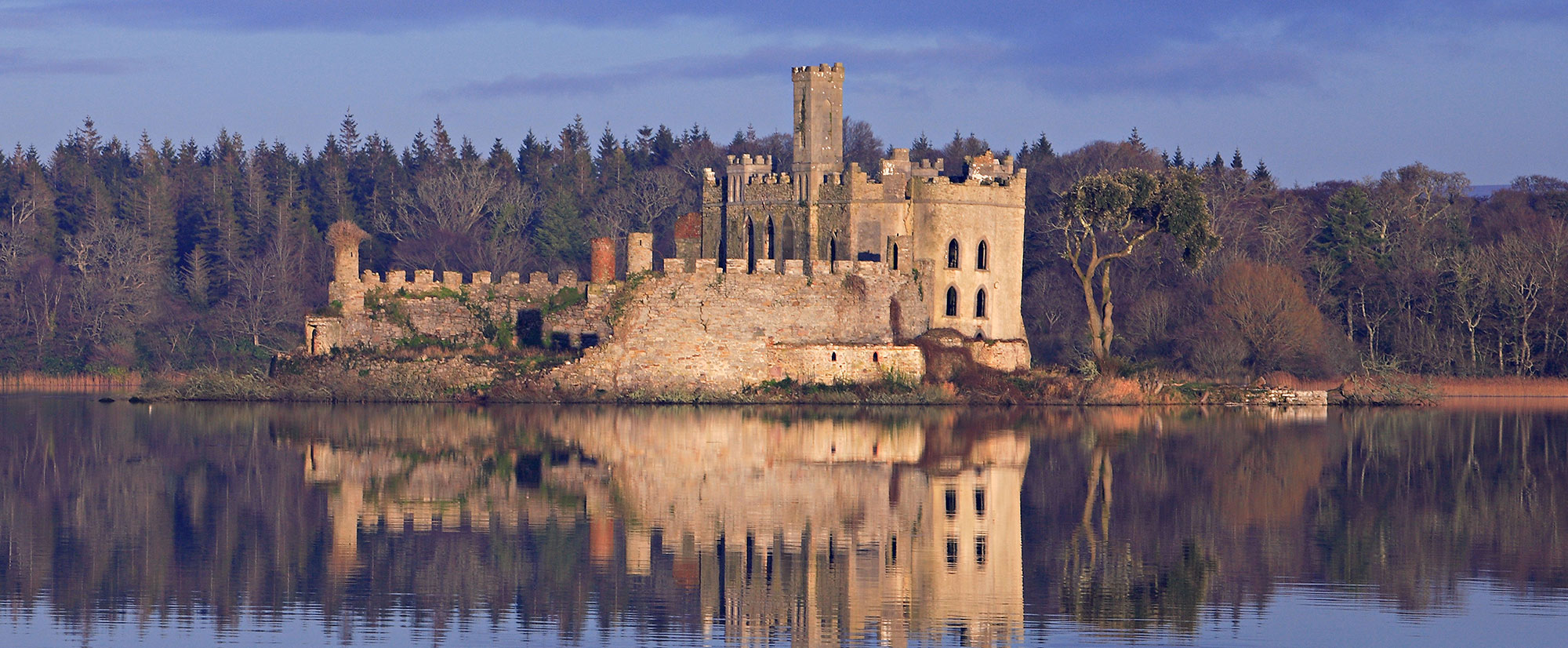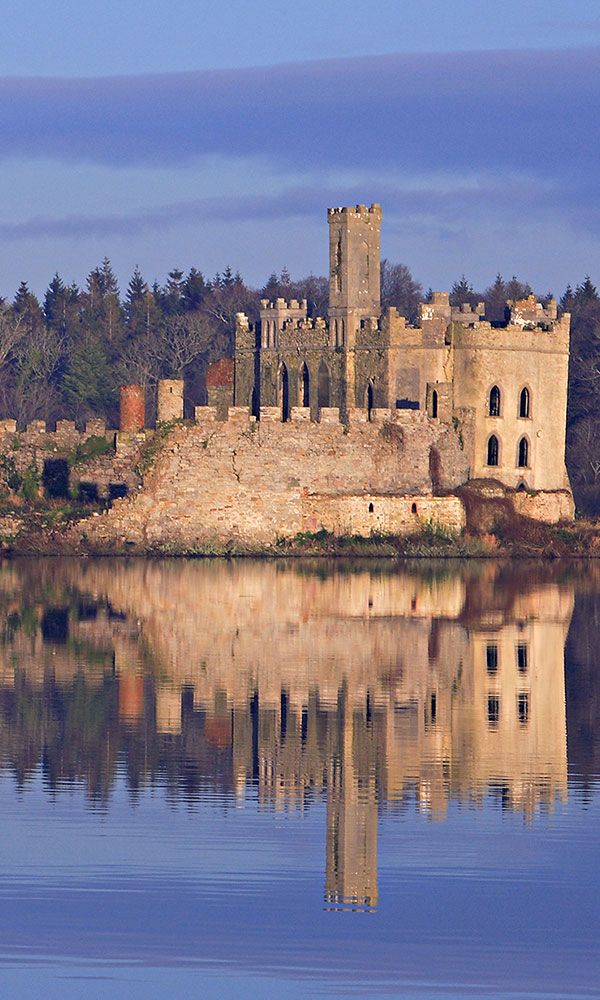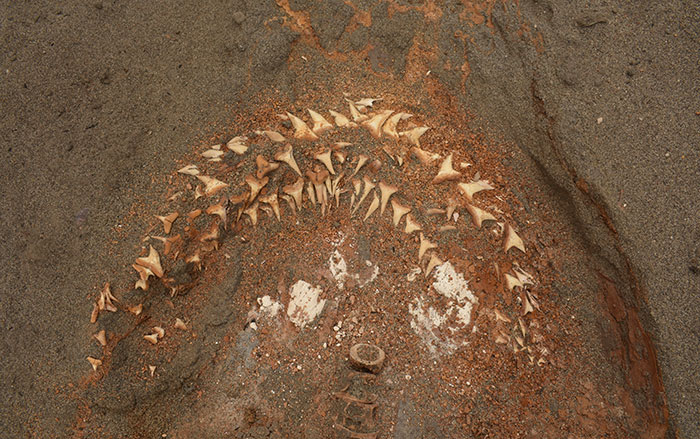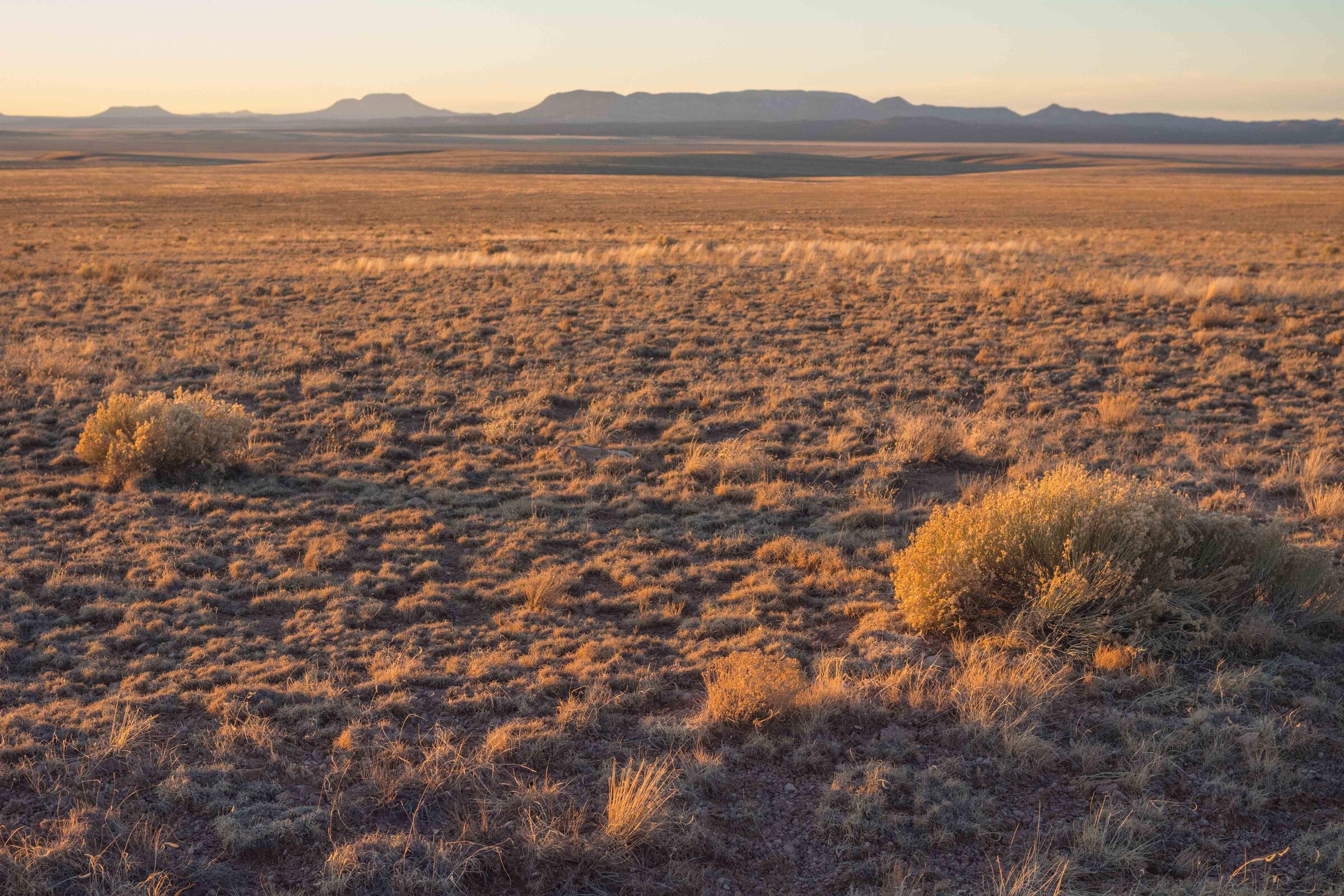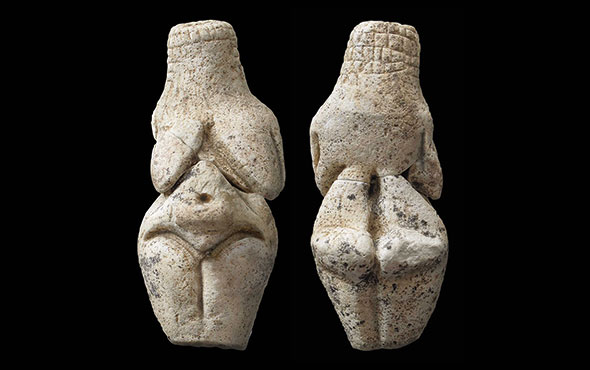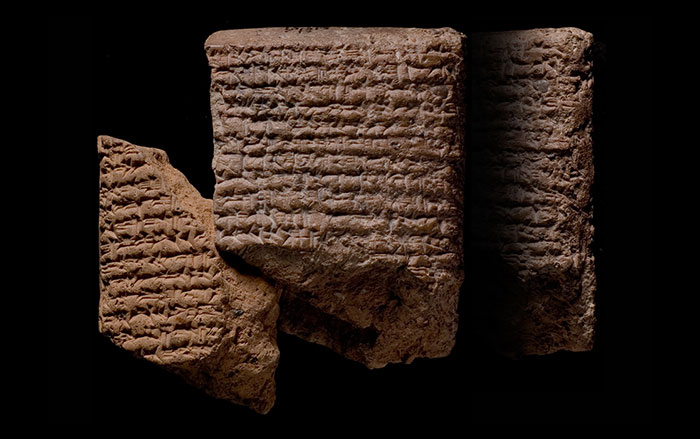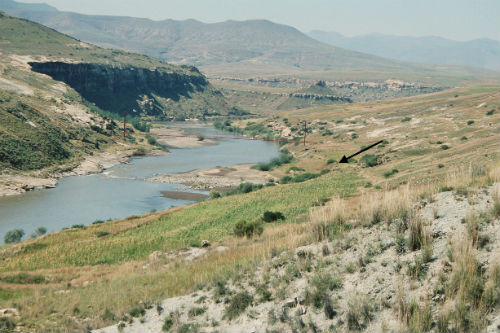
BRISTOL, ENGLAND—According to a statement released by the University of Bristol, Iron Age hunter-gatherers living in the highlands of what is now the central South African country of Lesotho may have kept small numbers of livestock. The hunter-gatherers are thought to have acquired these animals from farmers who lived on the coast shortly after their arrival in the first millennium A.D. As a student at the University of Bristol, Helen Fewlass, now of the Max Planck Institute for Evolutionary Anthropology, analyzed residues on pottery recovered from the sites of Sehonghong and Likoaeng, which were found with pieces of iron and what are thought to be domestic animal bones. The analysis detected dairy residues in about one-third of the hunter-gatherer pots, Fewlass said. One residue from Likoaeng was dated to between A.D. 579 and 654, while the sample from Sehonghong was dated to between A.D. 885 and 990. Fewlass then compared the hunter-gatherer residues with those on pots unearthed at a nearby agricultural settlement. The results suggest that the hunter-gatherer groups learned animal husbandry techniques from the farmers and had ongoing contact with them, she explained. To read about the spread of pastoralism to southern Africa, go to "Herding Genes in Africa."


